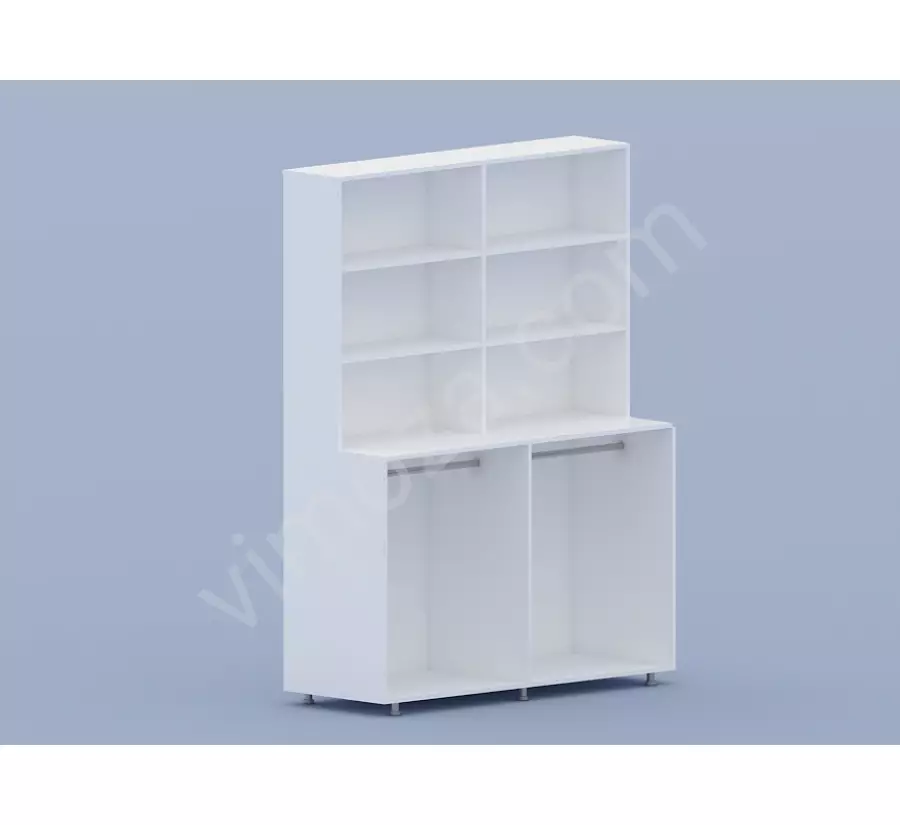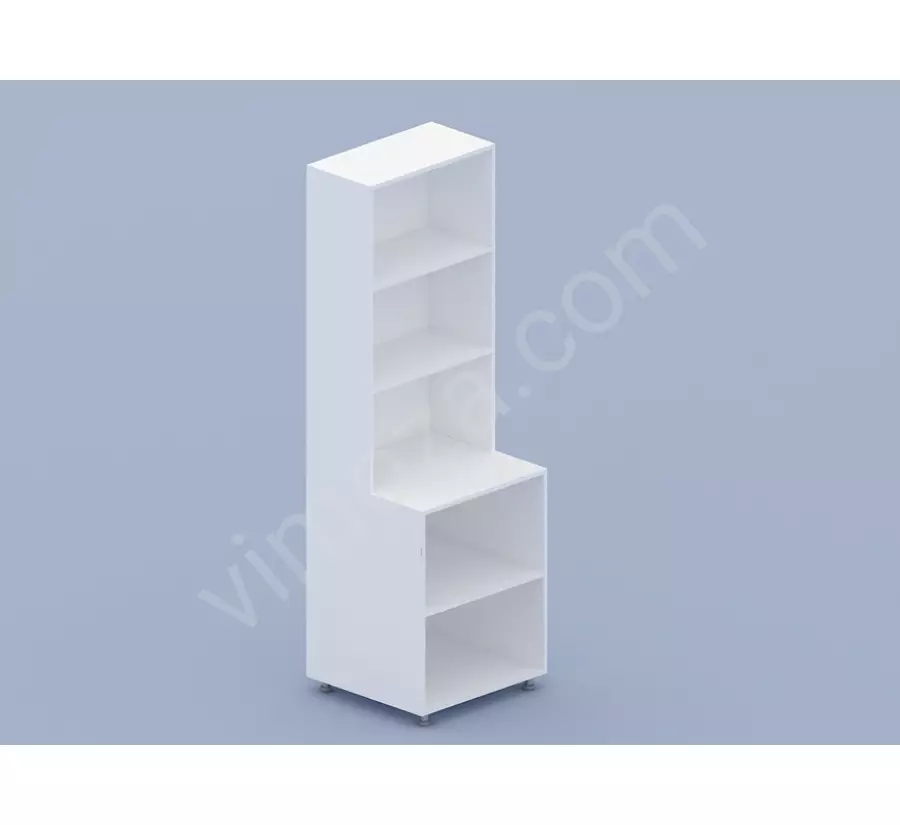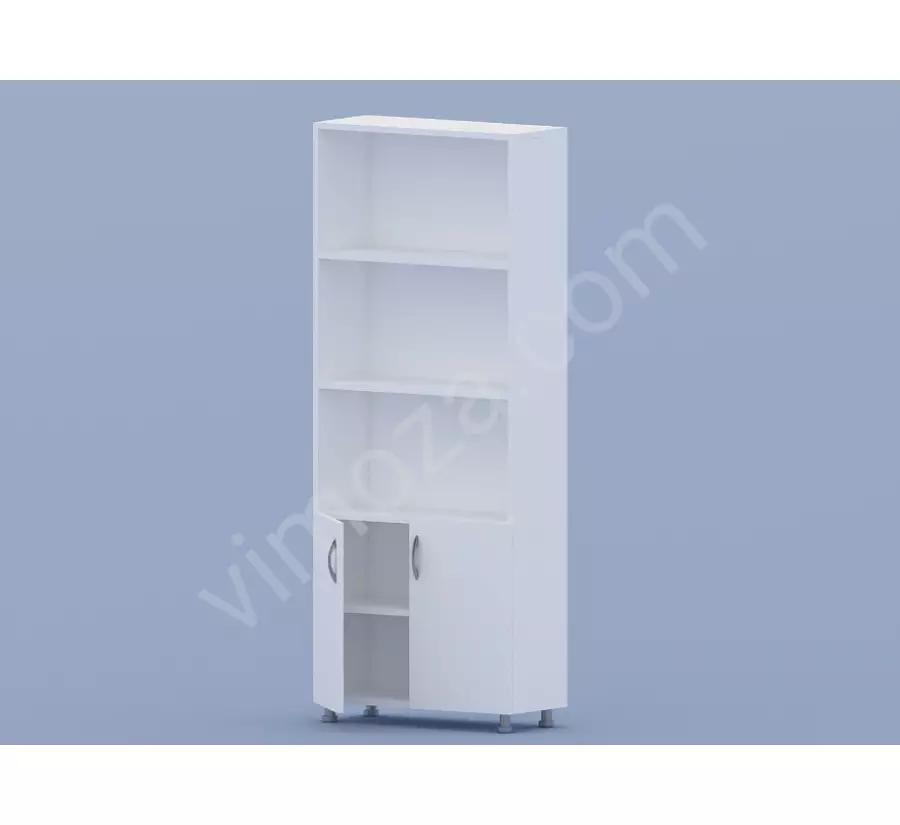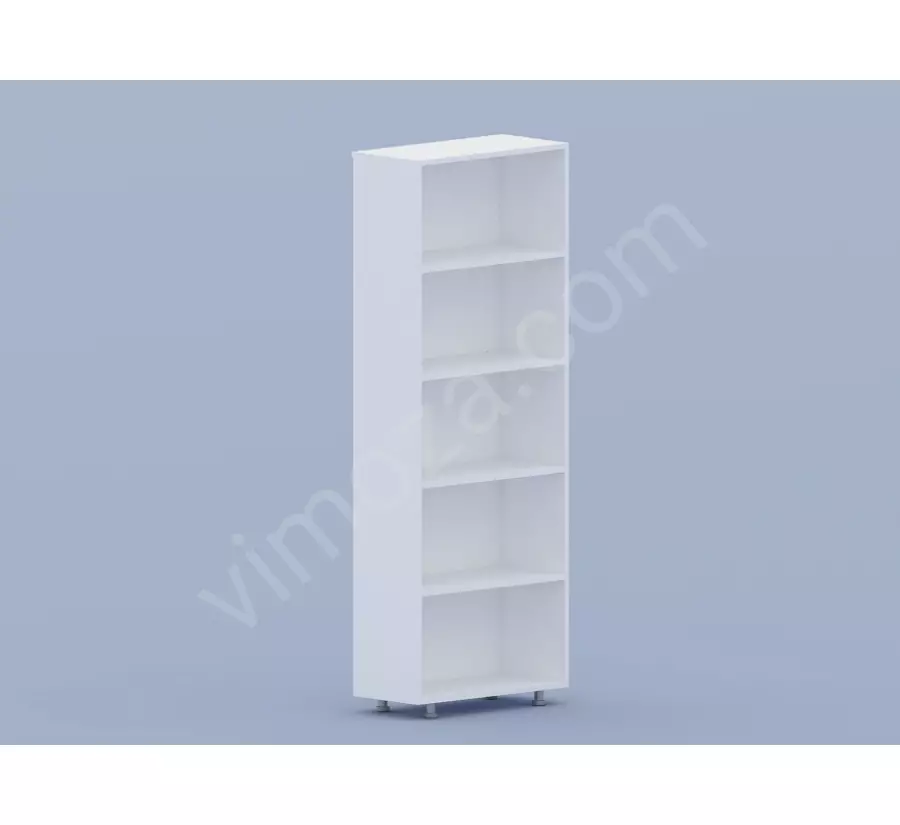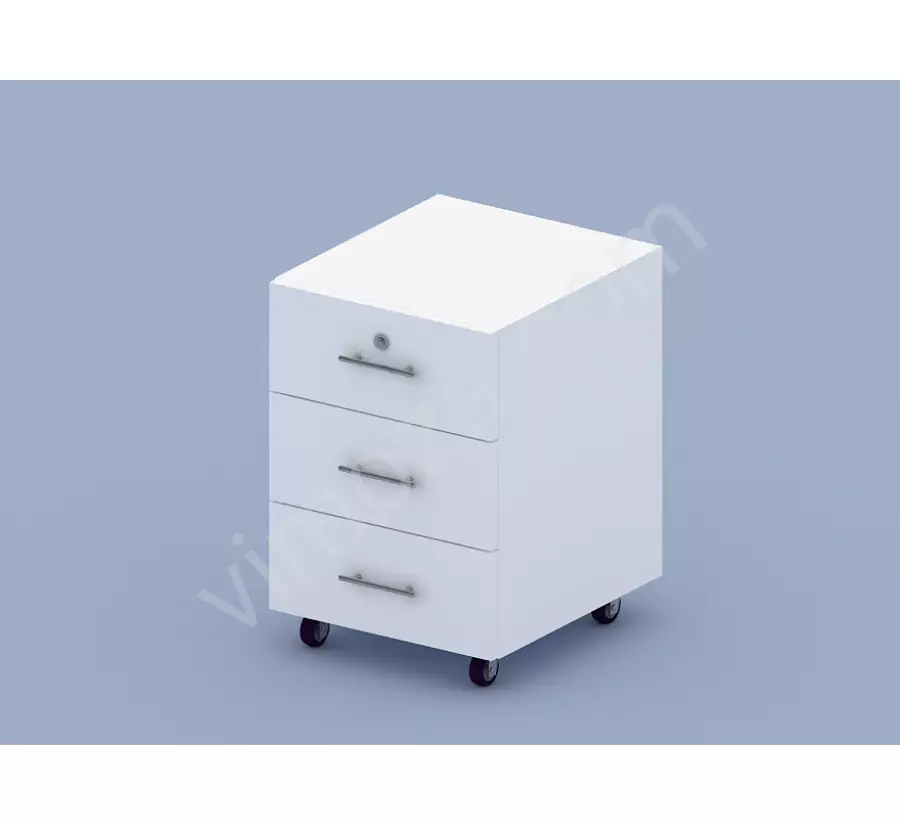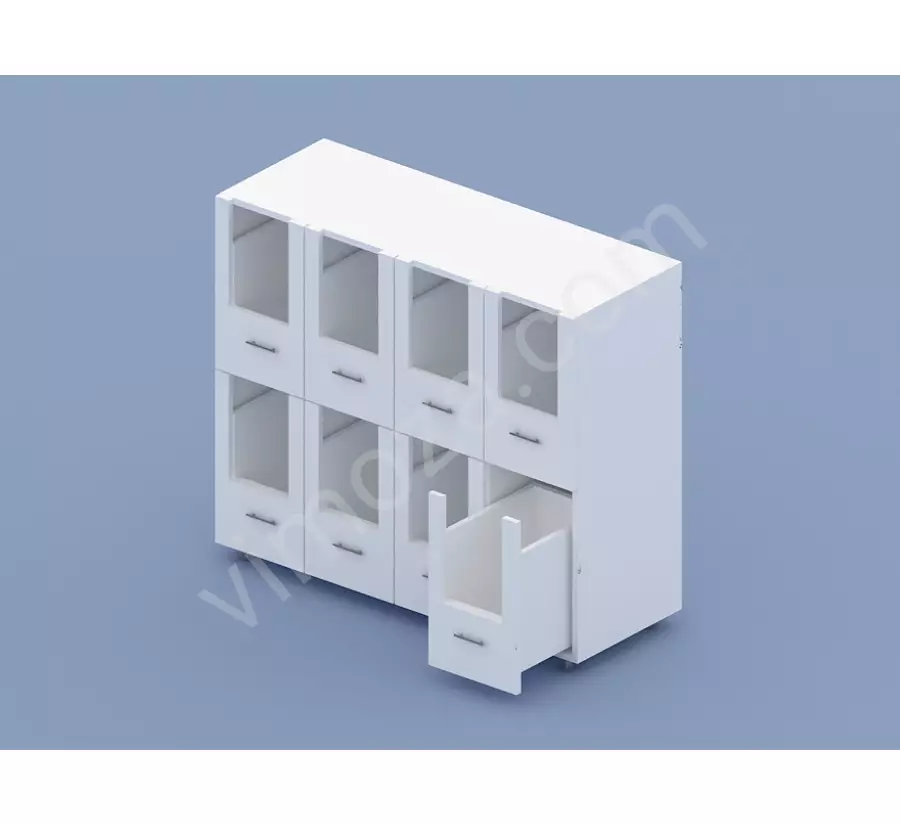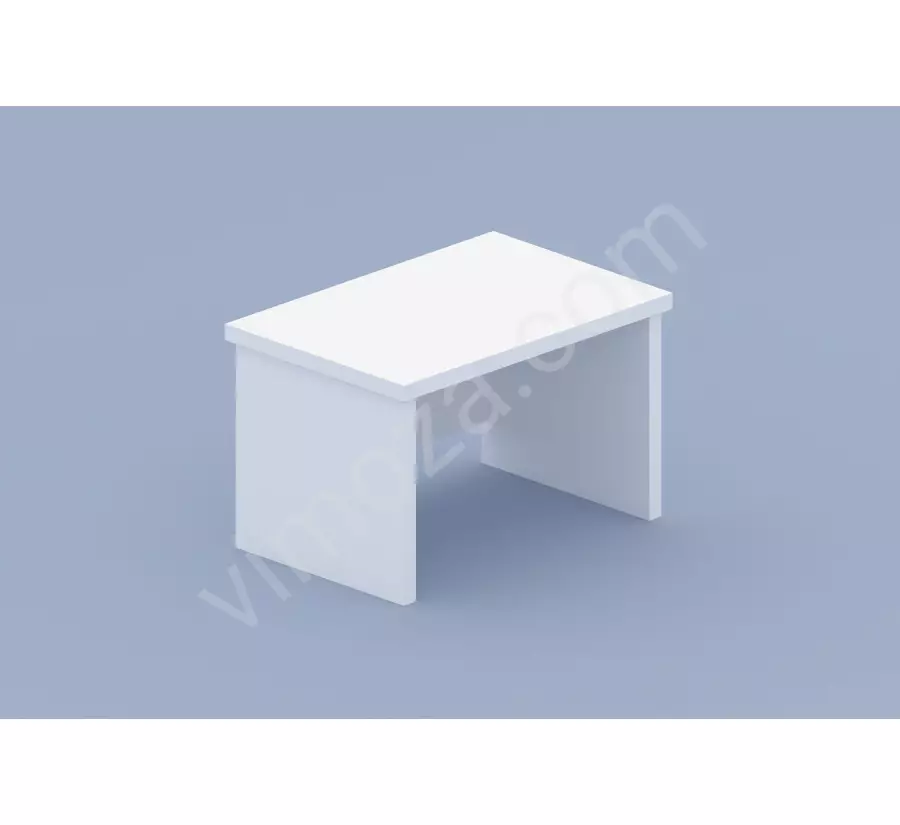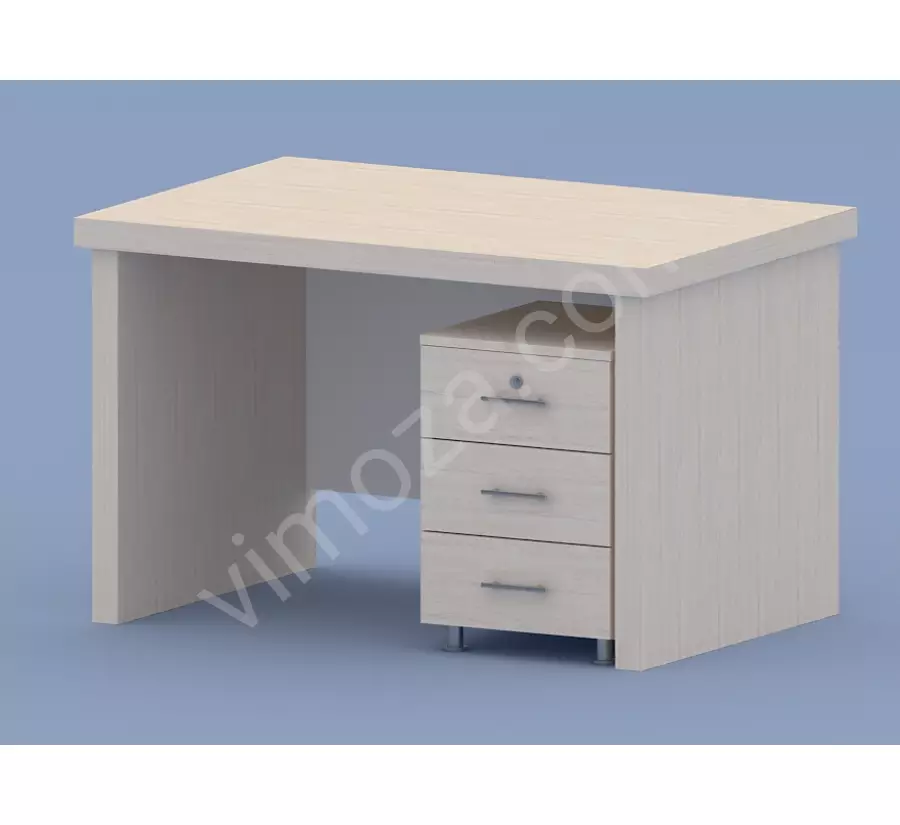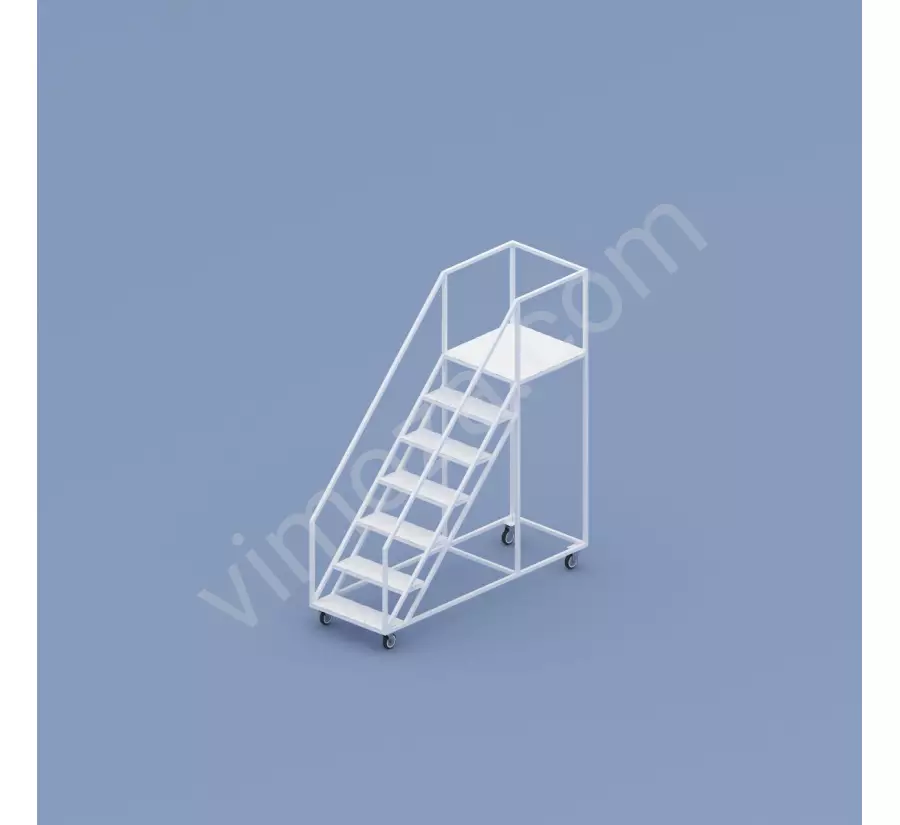Cities
Price
Tekstil Araba ve Ekipmanları
114 Ads Found for
-
Mobiliary Shelf Cabinet KM 127.
- Kortaş Raf
- Ad Date : 10 Oct 2024
- Address : Türkiye / İstanbul / Bahçelievler
-
Mabilya Shelved Cabinet KM 128.
- Kortaş Raf
- Ad Date : 10 Oct 2024
- Address : Türkiye / İstanbul / Bahçelievler
-
Mabilya Shelved Cabinet KM 129.
- Kortaş Raf
- Ad Date : 10 Oct 2024
- Address : Türkiye / İstanbul / Bahçelievler
-
Mabilya Shelved Cabinet KM 130.
- Kortaş Raf
- Ad Date : 10 Oct 2024
- Address : Türkiye / İstanbul / Bahçelievler
-
Mobiliary Shelf Cabinet KM 131.
- Kortaş Raf
- Ad Date : 10 Oct 2024
- Address : Türkiye / İstanbul / Bahçelievler
-
Keson Drawer KM132.
- Kortaş Raf
- Ad Date : 10 Oct 2024
- Address : Türkiye / İstanbul / Bahçelievler
-
Mobiliary Shelf Cabinet KM 134.
- Kortaş Raf
- Ad Date : 10 Oct 2024
- Address : Türkiye / İstanbul / Bahçelievler
-
Mobiliary Shelf Cabinet KM 135
- Kortaş Raf
- Ad Date : 10 Oct 2024
- Address : Türkiye / İstanbul / Bahçelievler
-
Furniture Shelved Cabinet KM 136
- Kortaş Raf
- Ad Date : 10 Oct 2024
- Address : Türkiye / İstanbul / Bahçelievler
-
7-Step Ladder KM121
- Kortaş Raf
- Ad Date : 10 Oct 2024
- Address : Türkiye / İstanbul / Bahçelievler
Tekstil Araba ve Ekipmanları
Tekstil araba ve ekipmanları, tekstil endüstrisinde verimliliği artırmak ve üretim süreçlerini optimize etmek için kullanılan önemli araçlardır. Bu ekipmanlar, kumaşların taşınması, işlenmesi ve depolanması gibi çeşitli işlemleri kolaylaştırır. Tekstil sektöründe, doğru ekipman seçimi, üretim kalitesini ve hızını doğrudan etkileyebilir.
Tekstil arabaları, genellikle kumaş rulolarının taşınması ve depolanması için kullanılır. Bu arabalar, dayanıklı malzemelerden üretilir ve genellikle tekerlekli yapıları sayesinde kolayca hareket ettirilebilir. Tekstil arabaları, üretim hattında malzeme akışını hızlandırarak iş gücü maliyetlerini düşürür ve üretim sürecini daha verimli hale getirir.
Tekstil ekipmanları arasında, kesim makineleri, dikiş makineleri, baskı makineleri ve boyama makineleri gibi çeşitli cihazlar bulunur. Bu makineler, tekstil ürünlerinin tasarımından üretimine kadar her aşamada kritik bir rol oynar. Kesim makineleri, kumaşların istenilen ölçülerde ve şekillerde kesilmesini sağlarken, dikiş makineleri, kumaş parçalarının birleştirilmesini ve nihai ürünün oluşturulmasını sağlar.
Baskı makineleri, kumaş üzerine desen ve motiflerin uygulanmasını mümkün kılar. Bu makineler, tekstil ürünlerine estetik bir değer katarken, aynı zamanda markaların kendilerini ifade etmelerine olanak tanır. Boyama makineleri ise, kumaşların istenilen renklere boyanmasını sağlar ve bu süreçte renklerin kalıcılığı ve canlılığı büyük önem taşır.
Tekstil araba ve ekipmanlarının bakımı ve düzenli kontrolü, uzun ömürlü ve sorunsuz bir kullanım için gereklidir. Ekipmanların düzenli olarak temizlenmesi ve bakımlarının yapılması, üretim sürecinde aksaklıkların önüne geçer ve iş güvenliğini artırır. Ayrıca, teknolojik gelişmelerin takip edilmesi ve yeni ekipmanların entegrasyonu, üretim kapasitesini ve kalitesini artırabilir.
Sonuç olarak, tekstil araba ve ekipmanları, tekstil endüstrisinin bel kemiğini oluşturur. Doğru ekipman seçimi ve kullanımı, üretim süreçlerini optimize ederken, maliyetleri düşürür ve ürün kalitesini artırır. Tekstil sektöründe rekabetçi kalabilmek için, bu ekipmanların etkin bir şekilde kullanılması ve sürekli olarak yeniliklerin takip edilmesi büyük önem taşır.
